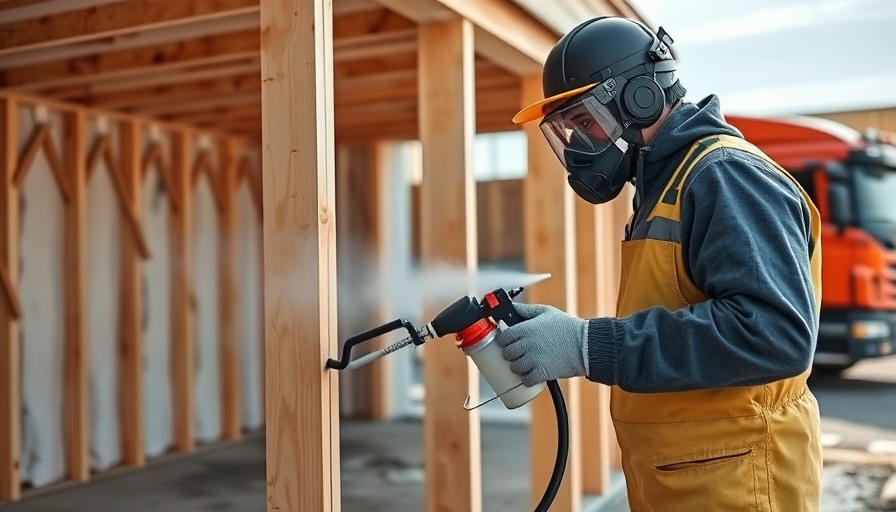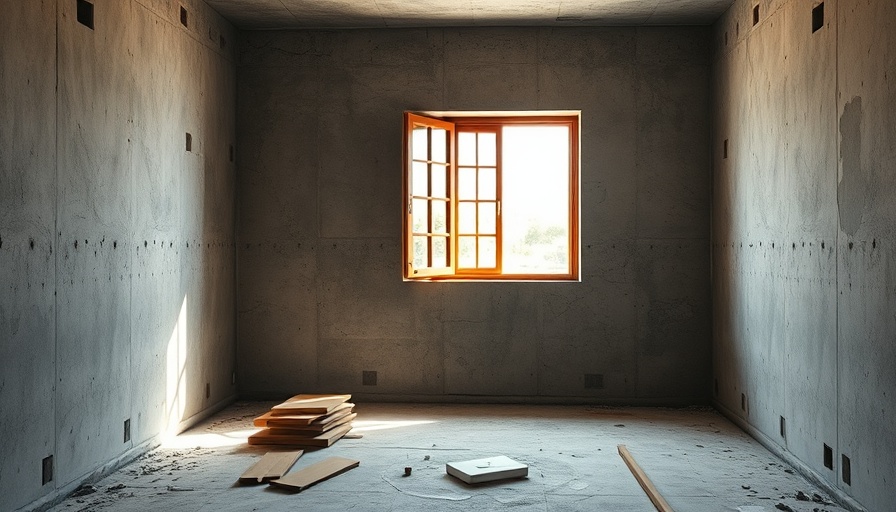
Transforming Your Old Workshop: The Importance of Insulation
When it comes to older workshops or garages, insulation might not be the first thing that comes to mind. However, insulating these spaces is essential for maximizing energy efficiency and ensuring a comfortable environment.
Why Insulation Matters
Insulation regulates temperature and helps in reducing energy costs. During the summer heat, insulation keeps the air conditioning from escaping, while in the winter, it retains warmth. For many who use their workshops year-round, whether for hobbies or work, insulation can make the difference between a sweltering or frigid environment.
Common Insulation Options for Old Shops
There are several effective insulation materials available, each with unique benefits. Fiberglass batts are popular due to their affordability and ease of installation. Closed-cell foam insulation is also a great option as it provides superior thermal resistance and can act as a vapor barrier, which is vital in areas prone to moisture.
Installation Tips for DIY Enthusiasts
If you're considering taking on this project yourself, here are a few tips to keep in mind:
- Assess the Current State: Before you start insulating, examine the existing structure and identify any areas that need repair.
- Choose the Right Material: Depending on your climate and workshop activities, select materials that best suit your needs.
- Seal Gaps and Cracks: Use caulk or spray foam to seal any gaps before adding insulation; this ensures maximum effectiveness.
Long-Term Benefits of Insulating Your Shop
Investing in insulation for your shop not only enhances comfort while you work but can significantly increase the longevity of your tools and equipment by protecting them from extreme temperature fluctuations. A well-insulated space reaps benefits beyond immediate comfort—think of it as an investment in your workspace integrity.
Final Thoughts on Insulation
Understanding the value of insulation in an old shop empowers individuals to create more efficient, comfortable environments. By investing time and resources in upgrading your workshop's insulation, you're contributing to your personal comfort and a sustainable future.
 Add Row
Add Row  Add
Add 




Write A Comment